Galvanic corrosion is corrosion that is created when two dissimilar metals are in contact with one another while having water running through them. The water functions as an electrolyte creating an electrical path between the two dissimilar metals, which then causes the corrosion.
My Job:
My job during a home inspection is to seek and find any corrosion on the plumbing supply and drain lines of a home. Though there may not be an active leak in the plumbing, I am still to identify deterioration and corrosion on the plumbing to alert the client of potential areas of future leaks. Typically water heaters come with steel pipes that extend out of them and the supply lines of the home connect to them. Once I identify that a home has copper plumbing, I know that the connection to these steel pipes on the water heater will be an area that I will need to pay attention to. Copper connected to steel with water running through the connection is a recipe for galvanic corrosion. Below are some photos of galvanic corrosion at the supply line connections to water heaters.
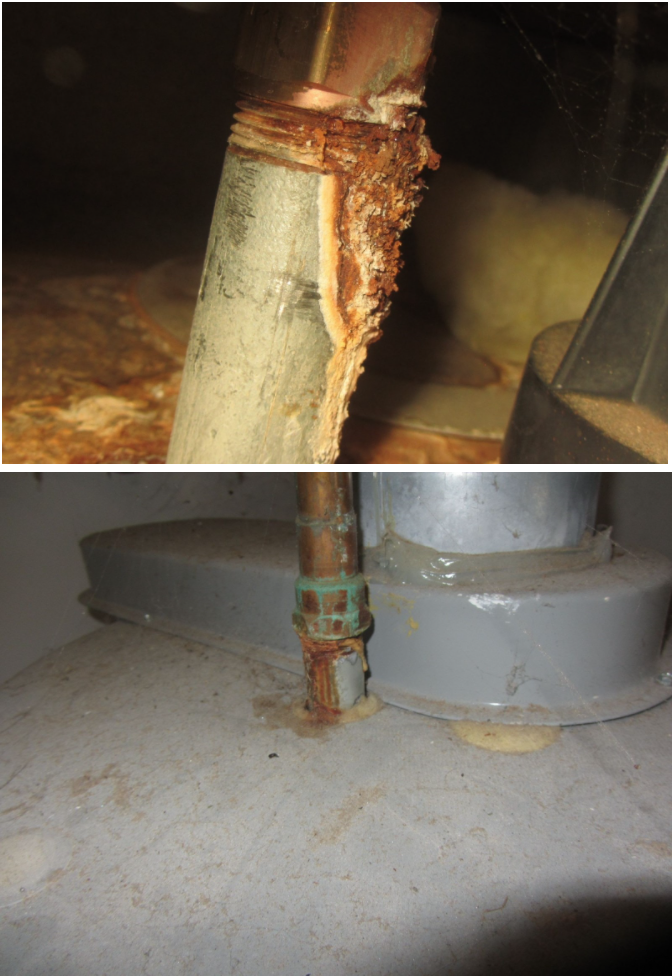
How is this prevented?
Some water heater manufacturers have plastic fittings installed within the steel pipes of the water heater. This plastic prevents the water traveling through the pipe from touching the steel pipe. This prevents the water, which is the electrolyte, from causing the corrosion between the two dissimilar materials. As long as the water does not contact the pipes at the union, no galvanic corrosion should result. If this fitting is missing on the water heaters steel pipes, then a dielectric fitting can be purchased and installed at the connection of the copper and steel. Below is an example of a dielectric fitting installed at the copper and steel union:
Sometimes though, these plastic fittings can also fail and result in the corrosion in the photo below:
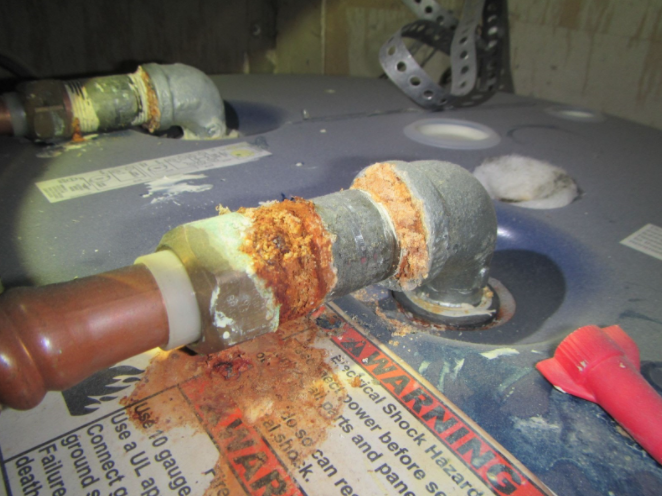
Conclusion:
In this world, corrosion is inevitable. It is going to happen at some point. However, corrosion can be curtailed when the plumber or manufacturing company takes the crucial step to add dielectric fittings. If you have copper plumbing, the point of junction at the top of the water heater is a great place to start to check for corrosion or leaking during your yearly maintenance check-up. If you need help with this check-up, contact me and let me help ensure your plumbing is functioning properly. When you really want to know Contact Adam Duncan of Duncan Home Inspection Services, LLC.


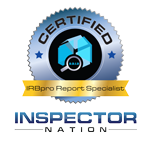
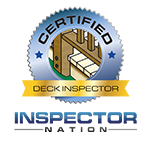
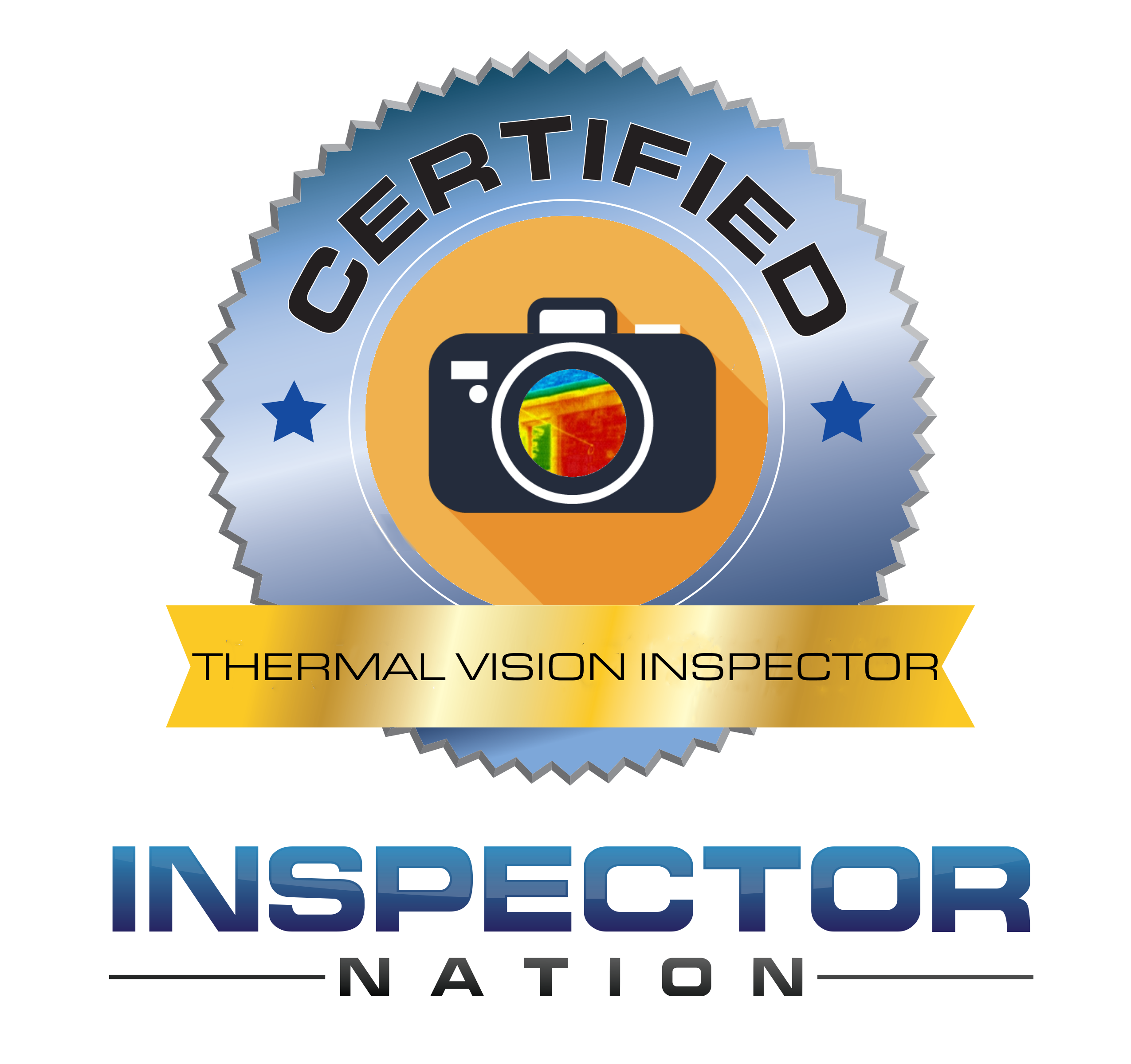

 >
>